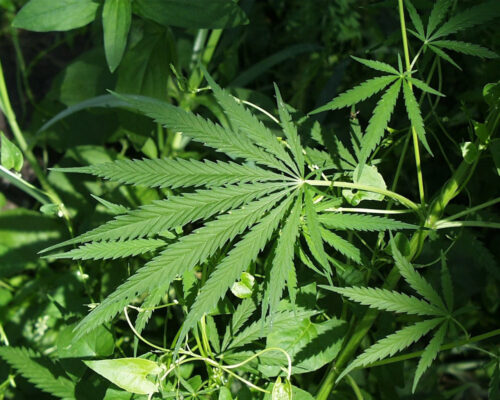Cannabis – marijuana or hemp. The main psychoactive Cannabis species are Cannabis sativa and Cannabis indica.
Also known as:
Gr
Puff
Weed
Hashish
Kef
You are viewing a mobile-adapted version of the page.
The display for tablets, laptop and desktop also shows general information, such as origin, toxicity and cultivation.
Soft Drugs
Two forms of soft drugs are extracted from cannabis: dried and crumbled blossoms (smoked) or as a type of resin. Cannabis contain the psychoactive component tetrahydrocannabinol (THC).
Cannabis and the law
The use of cannabis for recreational purposes is prohibited in most countries. Many countries have decriminalization policies in place to make simple possession non-criminal (often comparable to a minor traffic offence). Other countries (Asia and the Middle East) have much harsher penalties, where possession of even small amounts carries long prison sentences.
The legality of cannabis for medicinal and recreational use varies by country, in terms of possession, distribution and cultivation, and (with respect to medical) how it can be consumed and what medical conditions it can be used for.
The production or manufacture of any drug is illegal in the UK, and this includes cultivating cannabis.
-
- THC is toxic to dogs and cats. Cats are not likely to eat cannabis-containing food; dogs are less picky. From the same amount of THC, people get high but (especially small) dogs get poisoned (overdose).
Cannadis plant – Cannabis or hemp. These are the main psychoactive Cannabis strains:
-
- Cannabis sativa is native to warm regions around the equator. In tropical conditions, this hemp plant grows well over five feet tall. Cannabis sativa has long thin leaves. The plant needs plenty of light and has a long flowering period. In Cannabis sativa, tetrahydrocannabinol (THC) is found mainly in the female plant. This type of hemp is also used to produce insulation material (construction), clothing and food (seeds), among others. Industrially grown hemp cannot contain more than 0.2% THC according to EU standards.
- Cannabis indica belongs to southern Asia and is well suited to somewhat colder temperate regions. Also, this hemp variety is little susceptible to diseases and fungi and an easy grower if adequately fertilized. The short, broad and spiky leaves are less deeply incised than ‘sativa’. ‘Indica’ contains more cannabidiol (CBD) than ‘sativa’ in addition to THC.
- Subspecies: Cannabis sativa hollandica (dutch weed).
Indoor and outdoor cultivation
Cannabis plants are grown both indoors and outdoors. In a greenhouse or indoors in the attic, bedroom or basement This cultivation poses specific problems for each place. Cannabis plants need plenty of light and nutrition, and they should not be too wet or too dry. Indoor raised cannabis plants face the same pests as indoor plants; spider mites, aphids and fungi. Moreover, the house will smell very bad.
Outdoors, cannabis plants are treated like annuals. Give the cannabis plant space in a sunny spot; after all, they grow up. Provide nutrient-rich soil with near neutral acidity (pH + 6.5). A spot against a fence or wall facing south is ideal: plenty of sun and protection from the wind. Cannabis is a fast grower that needs a lot of food. Work manure (e.g., enriched cow manure) and compost into the soil before planting. Do not use fertilizer.
Medicinal Cannabis is Cannabis prescribed to patients under a doctor’s prescription. Also referred to as medical cannabis. Medicinal Cannabis is used as a remedy for (nerve) pain, inflammation, spasms and nausea due to chemotherapy, among other things.
Bugs
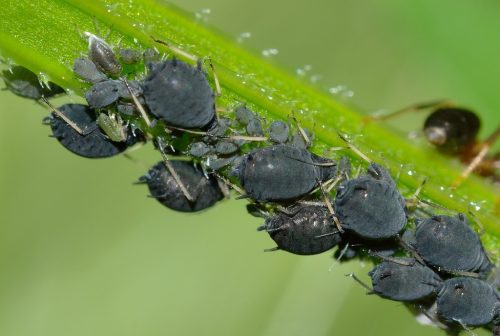
Aphids on leaves and stems.
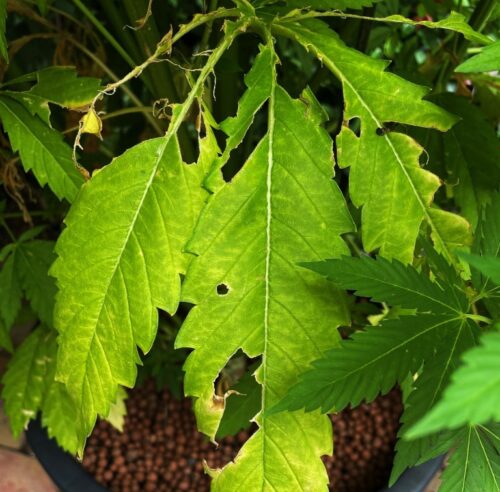
Leaf is eaten away: snails; often a slime trail can be seen.
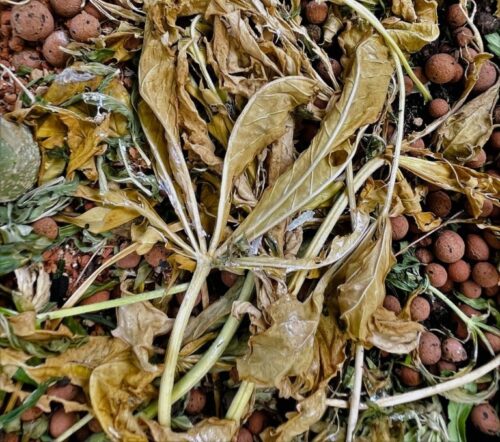
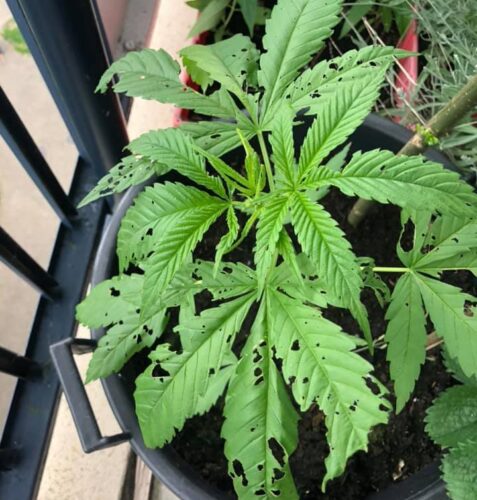
Irregular holes in the leaves: caterpillars of e.g. large cabbage whitefly (Aleyrodes proletella).
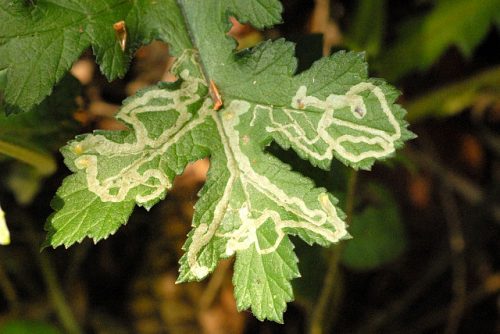
Light colored irregular marks across the leaf: Leaf miner fly (Liriomyza spp.). Can do little harm on the cannabis plant.

Leaf turns yellow and bumpy; eggs on the underside of the leaf: Greenhouse whitefly (Trialeurodes vaporariorum).
Silver-gray spots with small dark green dots (poop): thrips (Thysanoptera).
Fungi & diseases
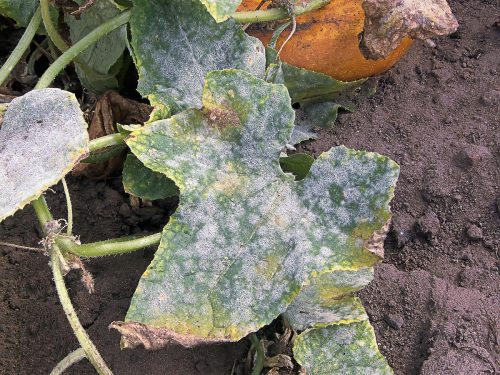
Brown spots with gray fungal fluff/powder, for example, Gray mold (Bo
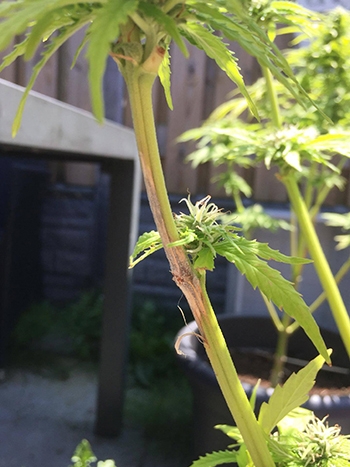
Gray/beige spots develop on the trunk and branches: stem rot Pythium. Untreated, the plant yellows and dies.
Other
The top of the plant pales (indoor growing): the plant is getting an overdose of light and is too close to the grow light.
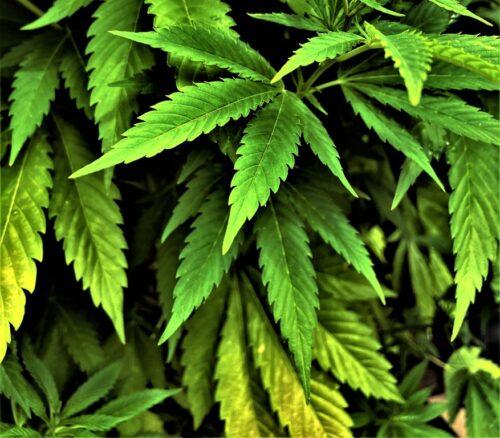
Leaves hang limp, are lifeless: plant is too dry. If this is noticed too late and the leaves droop after watering, cut away the lower, limp leaves. Any chance that the top of the plant will recover.
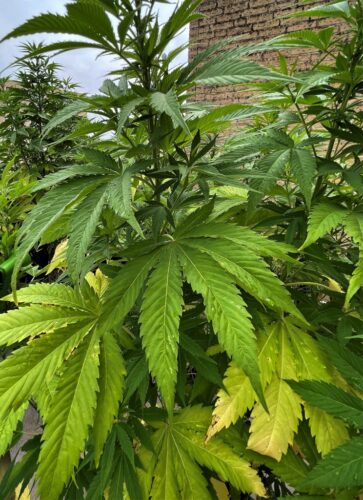
Plant yellowing from below: nitrogen deficiency. Not to be confused with the yellowing of the plant at the end of the flowering season and harvest can almost take place.
In indoor cultivation, excess nitrogen is more likely to occur. Leaves become extremely dark green and the leaf tips turn brown, wither. Just stop plant food for a while.
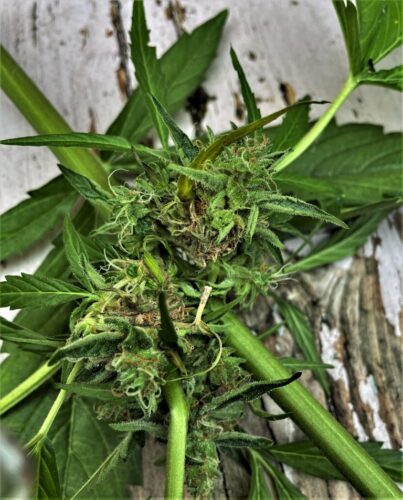
With high humidity (outdoor cultivation), fungi get a hold on the plant’s newly formed buds during the growing period; they rot away: bud rot (Botrytis ssp.).

